Forest Wildfires Are Now More Intense Than Ever — But Some Birds Are Using Them to Their Advantage
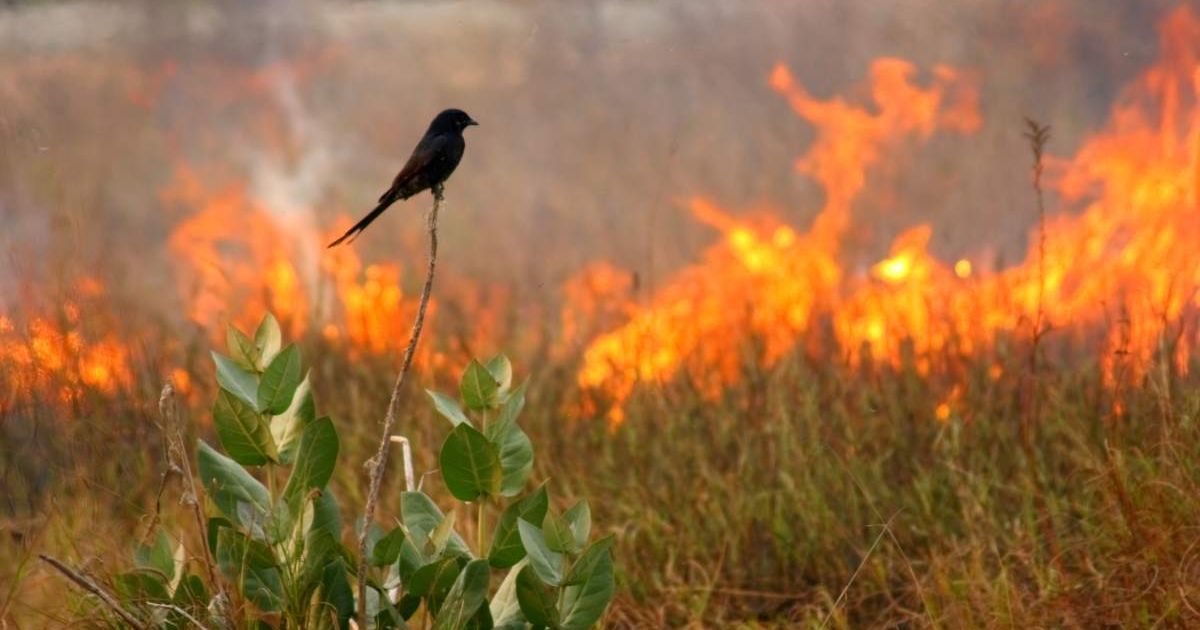
Up until the 1890s, the tribal people residing in Sierra Nevada’s forests manually initiated small-scale brush fires to keep the ecosystem healthy. But then entered into picture human intellect. Authorities banned these manual fires and declared a “historic fire suppression” plan, also evicting the tribal dwellers from the forests. Fire was entombed beneath the forest floor, and everybody believed it would never wake up. But by the mid-20th century, signs started to show up. Here and there, a cluster of parched grass caught fire.
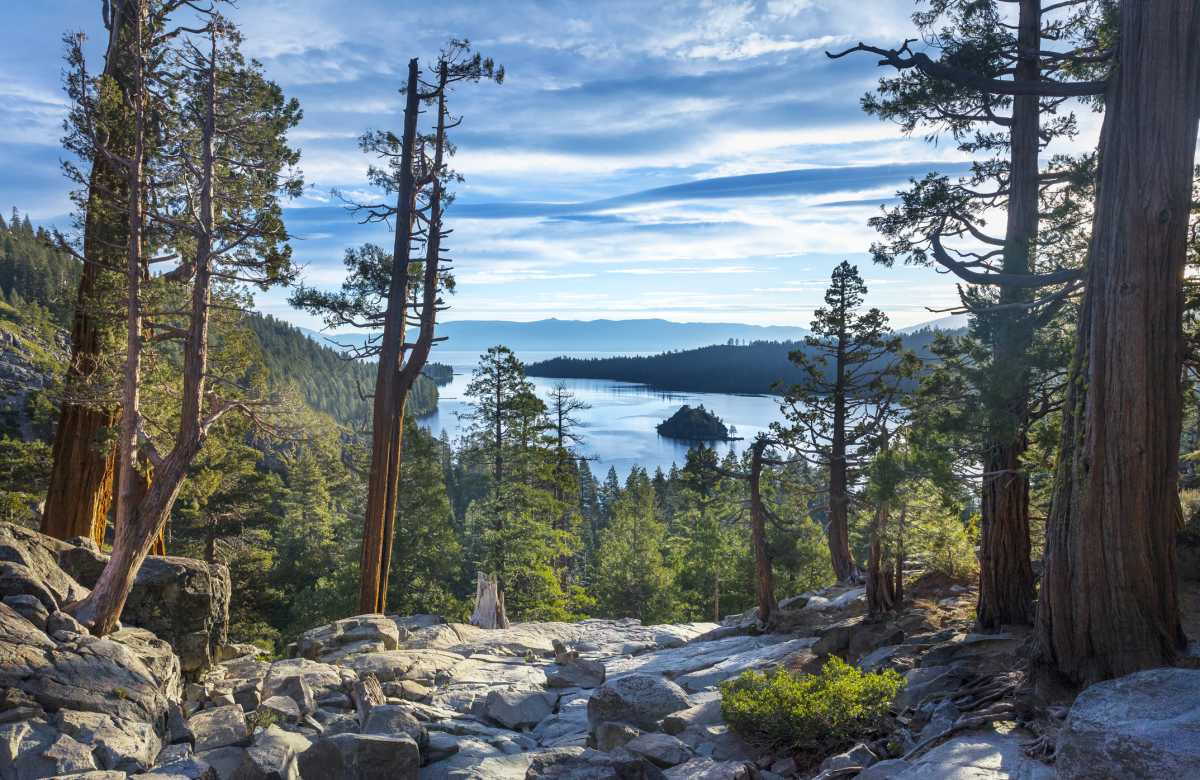
Some days, fallen leaves and underbrush would erupt spontaneously. Other days, flames would be so fierce that they would climb all the way to the tree canopies and swallow up the whole forest. Today, the situation has worsened. Forest wildfires have galloped out of control. In quite a contrast, birds leverage the most benefit from these fires, according to a study published in Fire Ecology.

As Earth.com explains, “historic suppression” has turned the fire into much hotter, aggressive, and destructive than it was in the previous century. Under the cover of shade-loving trees, the debris accumulated on the forest floor turned into “ladder fuel,” which turned the otherwise ordinary fires into “megafires,” which can be observed quite frequently in the Sierra Nevada these days. When these megafires flare up, they end up consuming the whole ecosystem while threatening the habitats of its residents. Charred up with sizzling smoke, leaves, barks, and grasses give way to mounds of rubble, crumbling like mannequins of sand, while the flames continue to sputter and frizzle.

For humans, fire means death and destruction. But astonishingly, bird species have an entirely different perspective of looking at the wildfires. Just like humans, they too escape the forest in the event of a blaze, but while the smoke is still settling, they materialize again in the forest and take up different roles. Black kites, whistling kites, and brown falcon raptors take up the role of smokejumpers and hotshots. They jump straight into the site of fire and pick up burning sticks or branches. They look for a suitable spot at a distance where they can toss away the burning object and ignite another fire.

Meanwhile, black-backed woodpeckers, too, rush to the forest once the fire is out. By sensing pheromones released by the wood-boring beetles, they hunt dead trees and chomp down the beetle larvae. Similar to woodpeckers, others like the dark-eyed juncos, mountain chickadees, western tanagers, and hermit warblers are known as the “post-fire specialists.”
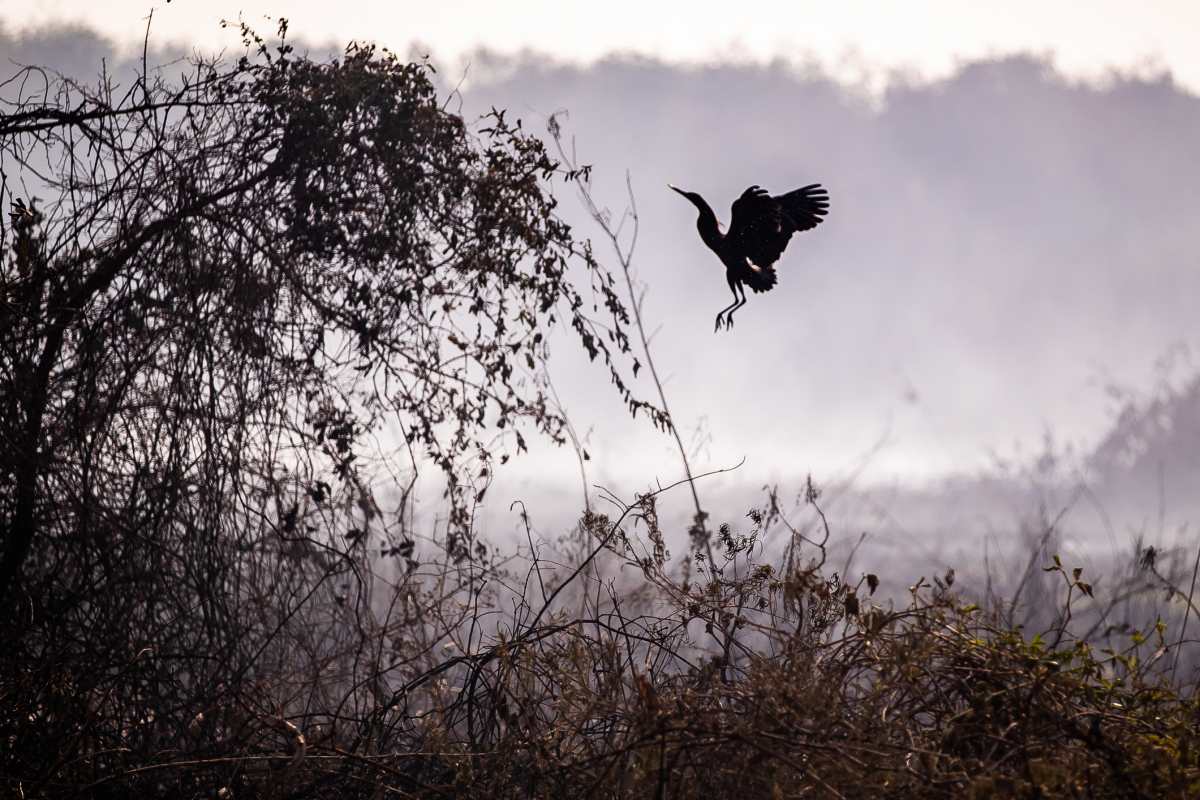
When the researchers from The Institute for Bird Populations, the National Park Service (NPS), and UCLA discovered these remarkable patterns, they had to understand the influence of fire on ecosystems and species. “Land managers might be heartened to hear that many birds might benefit even from burns that aren’t all low-severity,” the study’s lead author, Dr. Chris Ray, said, according to Earth.com.
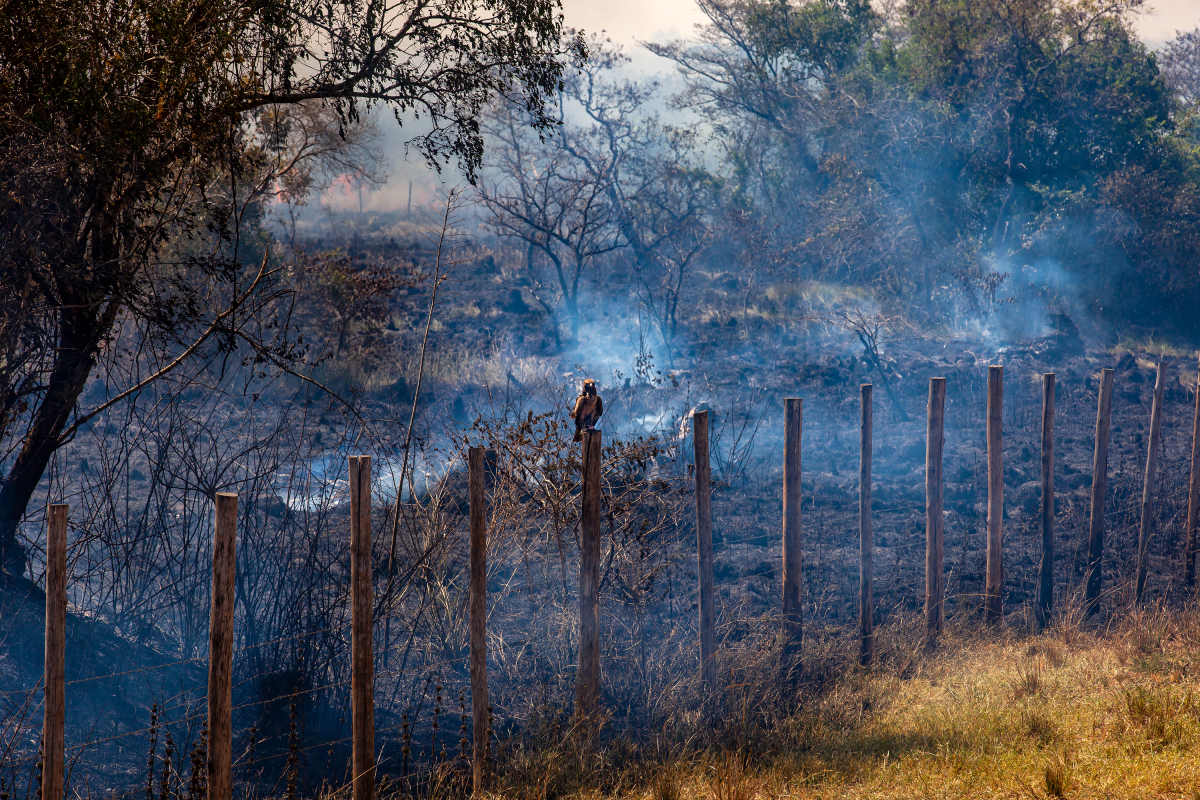
The team investigated 42 types of birds over 20 years, spanning from Yosemite to Sequoia and Kings Canyon National Parks. They computed the “avian responses” to wildfires using point-count data from 1999–2019 within national parks of the Sierra Nevada Inventory & Monitoring Network, combined with high-resolution estimates of burn severity from fires that burned up to 35 years before each count. “Given the effects of fire on the nature and structure of bird habitats, and the long post-fire process of vegetative succession, maybe it’s not too surprising that birds are responding to fires for so long,” said Dr. Ray. Of the 42 species analyzed, only 13 showed little response to fire.
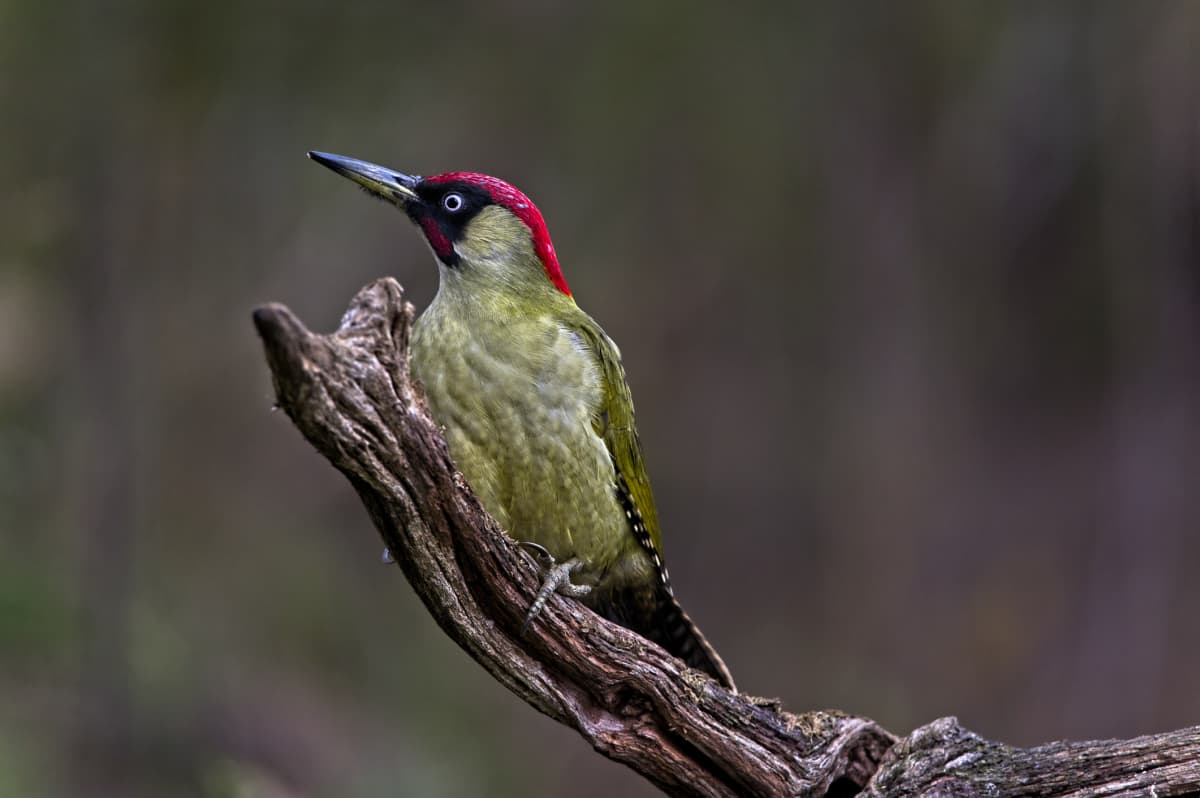
And even though a small cluster of feathery buddies might benefit from these wildfires, the team suggests that forest managers cultivate more strategies that would quieten down the fires rather than provoke them at abrupt times. The strategies could be controlled burns, fuel thinning, or igniting natural fires at regular intervals. The woodpecker might have to do a little more effort by digging through the bark, but this little hard work will prevent humans from the strenuous labor of resurrecting the forest from its rubble and ash.
More on Green Matters
How Climate Change Fuels Wildfires